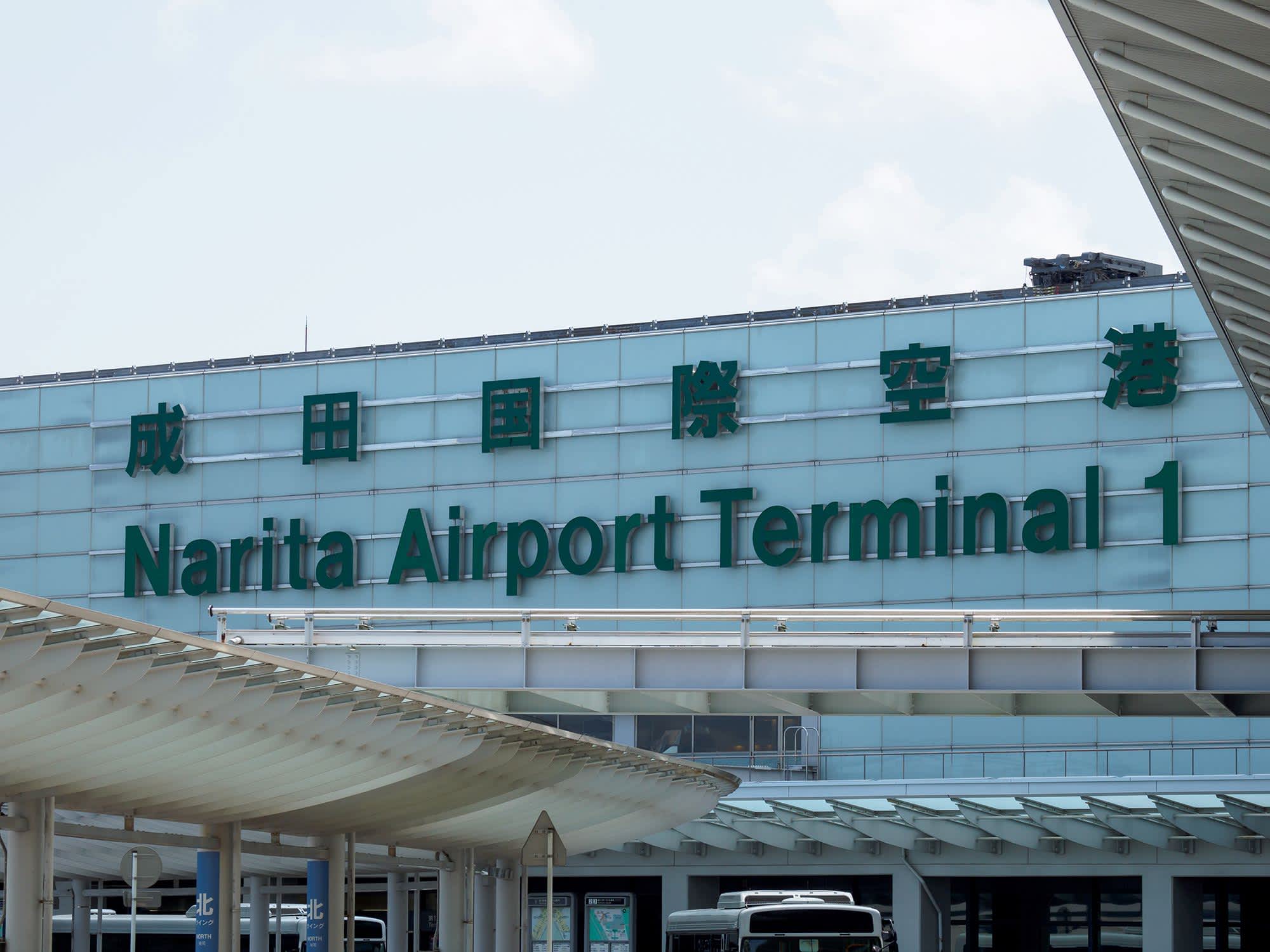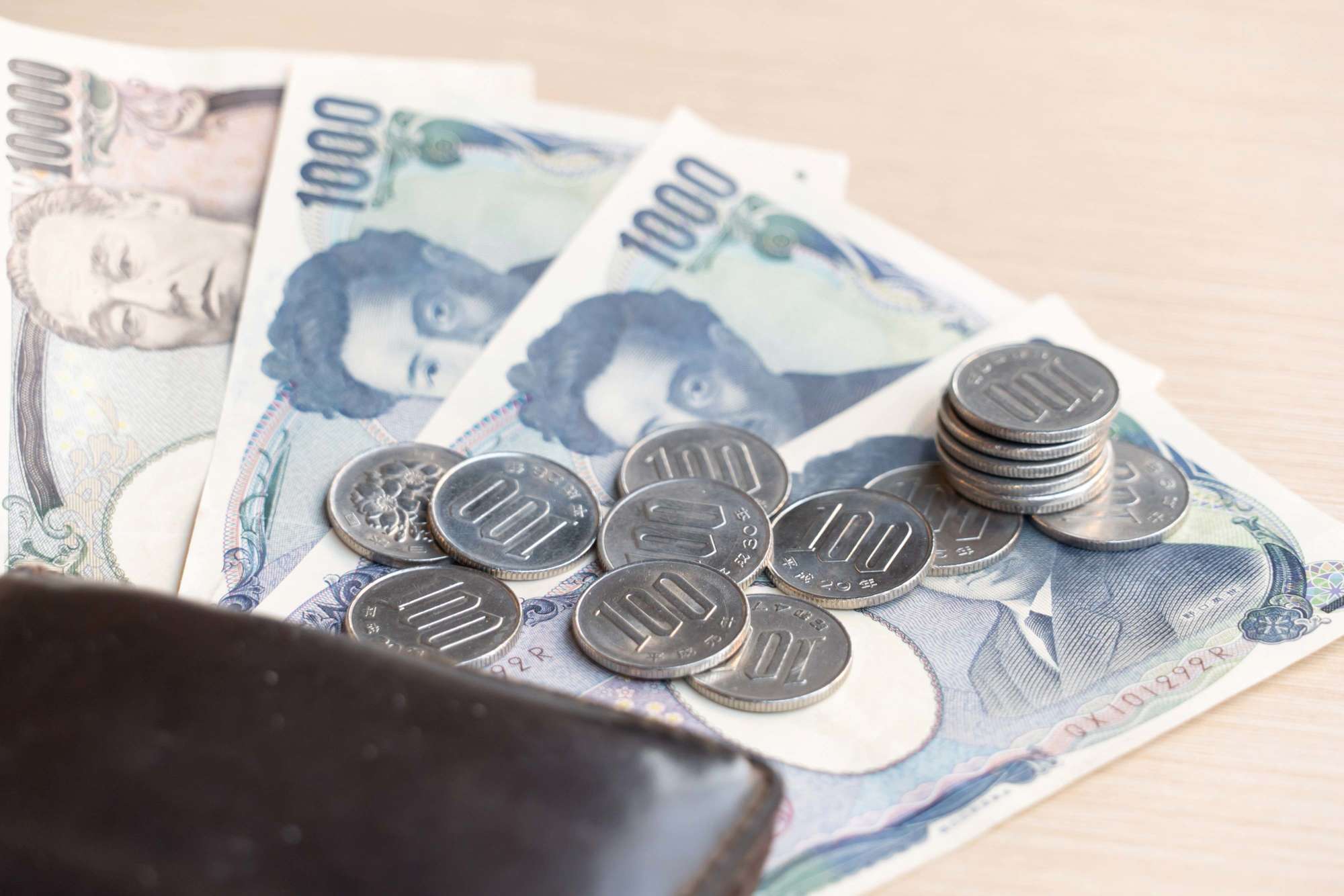
Continuing in our series of travel Japanese, here are some more handy words and phrases!
Many first-time travellers to Japan worry about a perceived language barrier. However, it's very possible to travel the length and breadth of Japan without knowing any Japanese, millions of visitors each year actually do!
Most Japanese people speak or understand at least some English, since all secondary school students study it for at least six years, and many working adults take English conversation classes in their spare time. While being completely fluent and articulate in English is not widespread, most people you meet will probably recognise quite a lot of English words, as Japanese has incorporated a lot of English loanwords into its vocabulary over the years.
While communication is nearly always possible, for those times when a combination of basic English, gestures, and hand-drawn diagrams just don’t cut the mustard, knowing some basic Japanese phrases can be very useful. Memorising even just a few words of Japanese will be greatly appreciated by the Japanese people you meet on your trip, often leading to heart-warming encounters that will stay with you a lifetime.
Beginning with the previous article, we introduced some handy words and phrases to make your trip to Japan even easier and more enjoyable. If you also read our first instalment, you’ll now be well-equipped to navigate your way to the right part of the right airport, check in your luggage, and get the seat you want. This time we’ll continue our journey to our plane to Japan and cover some useful Japanese words and expressions for how to get to your gate, navigate the queues at passport control, and breeze through your duty-free shopping.
At the Airport: Getting to Your Gate

As everyone who’s ever flown internationally will know, even after checking in there are still several more steps standing between you and getting relaxed and settled into your seat. Some of them might include the following:
- Security = hoan kensa
- Passport control = shutsunyūkoku kanri
- Immigration = imin
- Quarantine = ken-eki
- Customs = zeikan
- Duty-free = menzei
After you’ve checked in, your next port of call will usually be to get through security. This is known as “hoan kensa” in Japanese, although it’s also commonly referred to as “sekyuritī kensa”, “sekyuritī chekku” or just “sekyuritī”. A quick word about vowels - if you see a line over a vowel, it indicates it’s a long vowel. An example in English would be the ‘a’ in ‘apple’ (a, short) compared to the ‘a’ in ‘father’ (ā, long).
Here’s a list of a few common items that you might get asked if you’re carrying if you’re unlucky enough to accidentally set them off:
- Belt = beruto
- Key = kagi
- Mobile phone = keitai denwa
- Coat/jacket = uwagi
- Shoes = kutsu
- Computer = pasokon
- Liquids = ekitai
- Battery/batteries = denchi
- Knife = naifu
- Scissors = hasami
- Lighter = raitā
Once you’re through, get dressed, grab your belongings and head through passport control, called “shutsunyūkoku kanri” in Japanese. Despite the giant electronic screens hanging from every ceiling in many departure lounges, especially in larger airports it can still be challenging to figure out where your gate is and how to get there. In that case it’s often better to ask the well-informed ground staff.
Let’s say you’re catching a flight to Tokyo Haneda Airport. In Japanese, the suffix for “flight number” is “-bin”, so you would add it to the end of whichever flight you were taking, such as “XX1234-bin” (we’ll cover numbers later!). When travelling in Japan, two extremely useful words are “shuppatsu”, meaning “departure”, and “tōchaku”, meaning “arrival”, and another is “basho”, meaning “place”.
- Flight no. = -bin
- Departure = shuppatsu
- Arrival = tōchaku
- Place = basho
In our first travel Japanese article we covered how to ask where something is:
- Where is…? [noun]-wa doko-desu-ka?
Joining together a couple of new words we’ve just learned, “departures” are “shuppatsu-bin” and “arrivals” are “tōchaku-bin”.
- Departures = shuppatsu-bin
- Arrivals = tōchaku-bin
So for example you can ask:
- Where are flight departures? Shuppatsu-bin-wa doko desu-ka?
And going back to that all-important gate number, you can now ask:
- Where does flight number XX1234 depart from? XX1234-bin-no shuppatsu basho-wa doko desu-ka?
If that’s a bit long-winded for you, alternatively you could simply say:
- Which gate does flight number XX1234 depart from? XX1234-bin-no gēto-wa doko desu-ka?
In the answer, the number of the gate will be followed by “-ban”, a suffix meaning “number”, so listen out for it carefully! For example, “It’s gate no. 5” would be “5-ban gēto desu.”
In Japanese, “boarding gate” is “tōjō gēto” or just “gēto”. “Tōjō” is the word for “boarding”, so for example “boarding pass” is “tōjō-ken”. We have actually already met the suffix “-ken”, meaning “ticket”, in a couple of other words in our previous holiday Japanese, such as “passport” (ryo-ken) and air ticket (kōkū-ken).
- Boarding gate (tōjō) gēto
- Boarding pass tōjō-ken
- Ticket (suffix) -ken
- Number (suffix) ban

You might have noticed by now that Japanese often uses suffixes where English uses prefixes. For example, in English we would say “flight no. 1234”, but in Japanese the order of the words is reversed, so it is “XX1234 + flight number” (“XX1234-bin”). And in English we would say “gate no. 5”, but in Japanese it is “5 + gate number” (“5-ban gēto”). This is one of those quirky differences between English and Japanese, so it pays dividends to pay attention to word order when speaking.
Everybody has their own different ways of killing time at the airport, whether it is running errands, reading a book, catching up on emails and phone calls, or taking a nap on a well-placed airport bench. Depending on your airport habits, here are some other things or places you might want to ask for in the airport or on your way to the gate. Once you’re there, all that’s left to do is sit back, relax, and wait for your boarding to be announced.
- Shuttle bus = shattor bass
- Duty-free shop = menzei-ten
- Foreign currency exchange = ryōgae
- Cafe = kafe
- Kiosk = baiten
- Vending machine = jidōhanbaiki (or just jihanki)
- Toilet = toire (pronounced toy-ray)
Finally, we promised you those numbers. Below are Japanese ordinal numbers from 1 to 10. The numbers 4, 7 and 9 and all numbers ending in them have alternative pronunciations which are interchangeable (although there are sometimes preferences based on local dialect, etc.)
1 = ichi
2 = ni
3 = san
4 = shi/yon
5 = go
6 = roku
7 = shichi/nana
8 = hachi
9 = ku/kyū
10 = jū
For any readers who still retain traumatic memories of struggling to memorize numbers up to 100 in French at school, you’ll be pleased to hear that ordinal numbers in Japanese (at least up to 10,000) are much simpler - just put them next to each other and read how you would expect. So for example, “eleven” is “jū-ichi”, “fifteen” is “jū-go”, “twenty” is “ni-jū”, “thirty” is “san-jū” and so on.
The official currency of Japan is called the Yen (in Japanese, it drops the ‘y’ and is called “en”). Coins are issued in six denominations of 1, 5, 10, 50, 100 and 500 Yen. One interesting feature of Japanese Yen coins is that due to the large differences in size, weight and style, they are said to be very easy for people with visual impairments to tell apart.
Notes, meanwhile, are commonly issued in four denominations: 1000, 2000, 5000, and 10,000. A special 2000 Yen note was issued only once in 2000 to commemorate the millennium and the 26th G8 summit, held in Okinawa, Japan. It features the Shureimon gate, a 16th century gate at Shuri Castle in Okinawa’s capital Naha. While 2000 Yen notes are still in circulation and are legal tender, they are rarely seen in public, so if you’re lucky enough to get one slipped in with your Yen currency for Japan, you may want to keep it as a memento rather than spend it!
Japanese bills and coins
If you fancy giving yourself a quick quiz on Japanese numbers, why not practice by trying to figure out how to pronounce the different amounts of the Japanese coins and banknotes before scrolling down (no peeking!)?

50 = ?
100 = ?
500 = ?
1000 = ?
2000 = ?
5000 = ?
10,000 = ?
50 = go-jū
100 = hyaku
500 = go-hyaku
1000 = sen
2000 = ni-sen
5000 = go-sen
10,000 = ichiman
Unfortunately, there are no prizes for getting it right - other than the satisfaction of knowing that you have mastered a large Japanese number and would have been able to board your flight!


























































